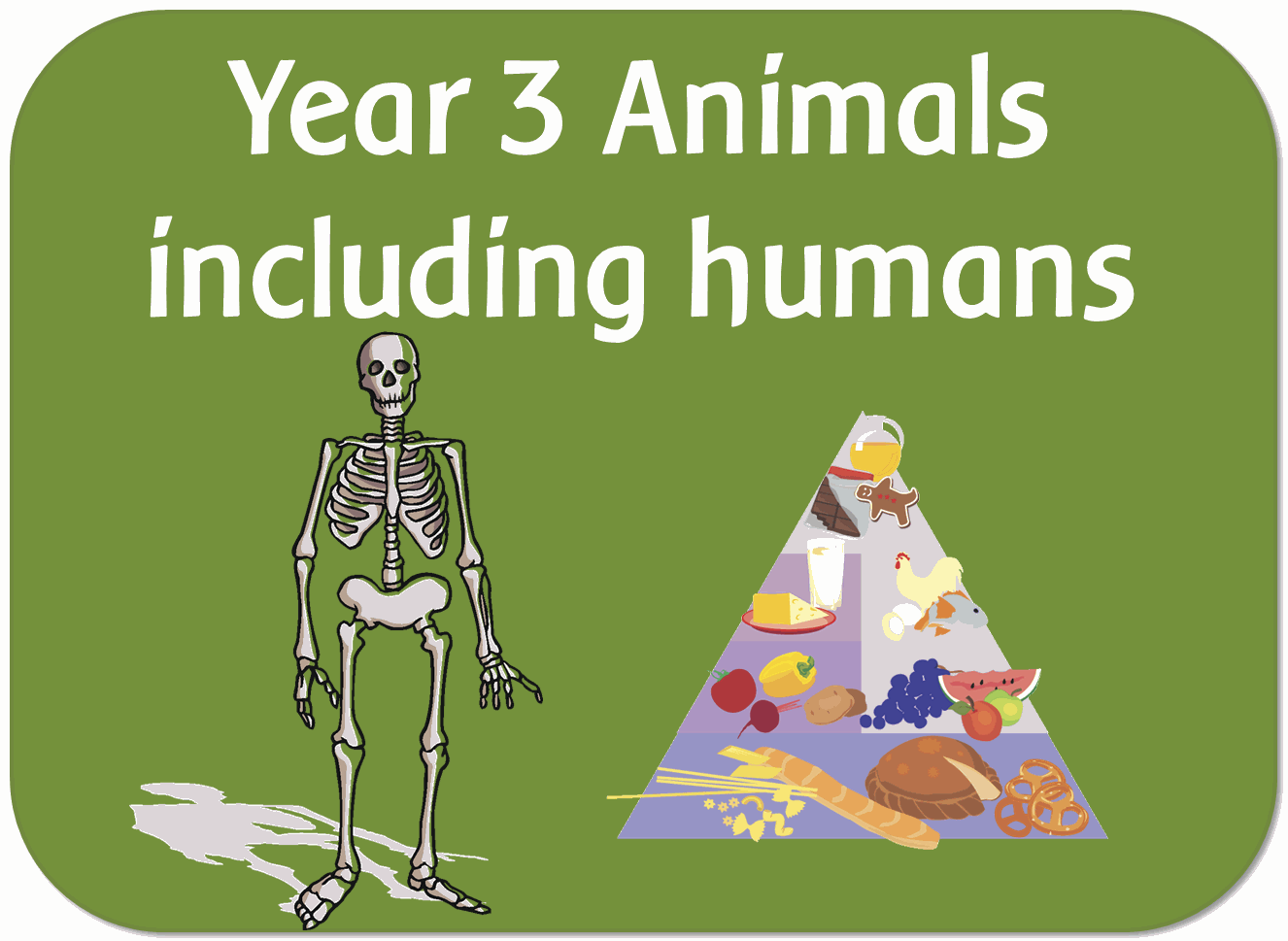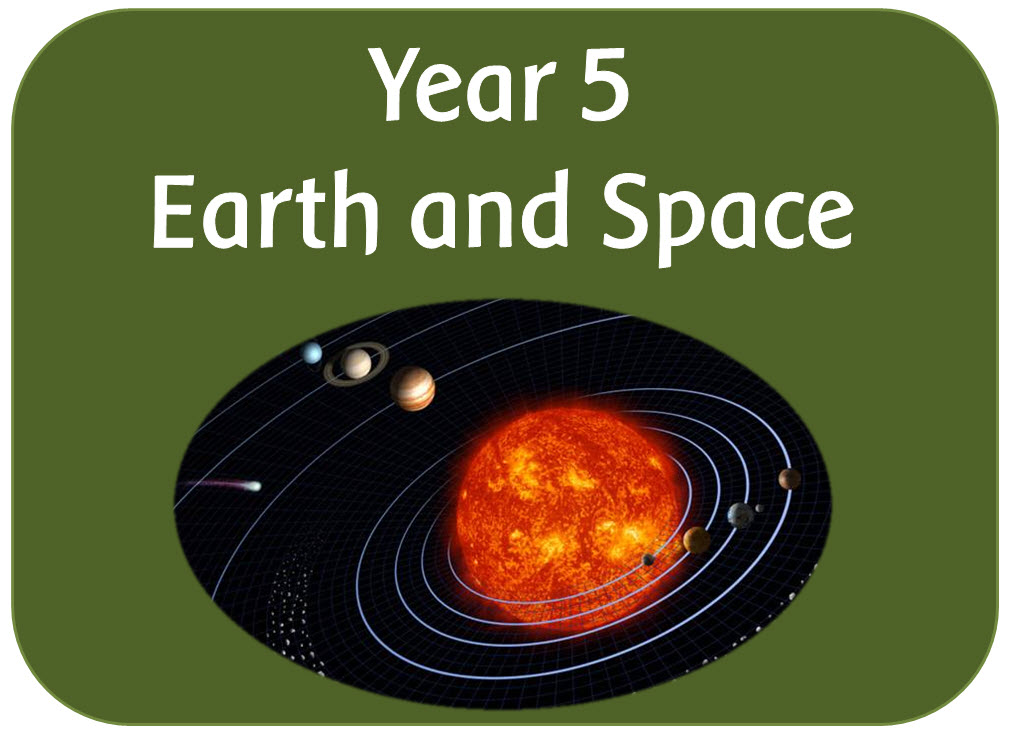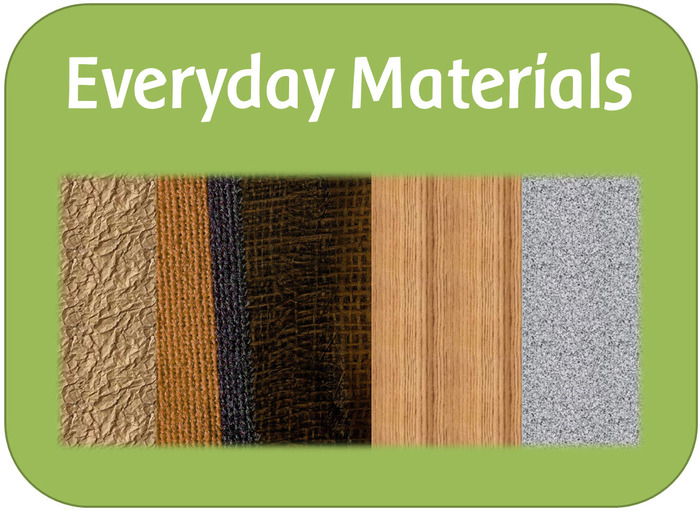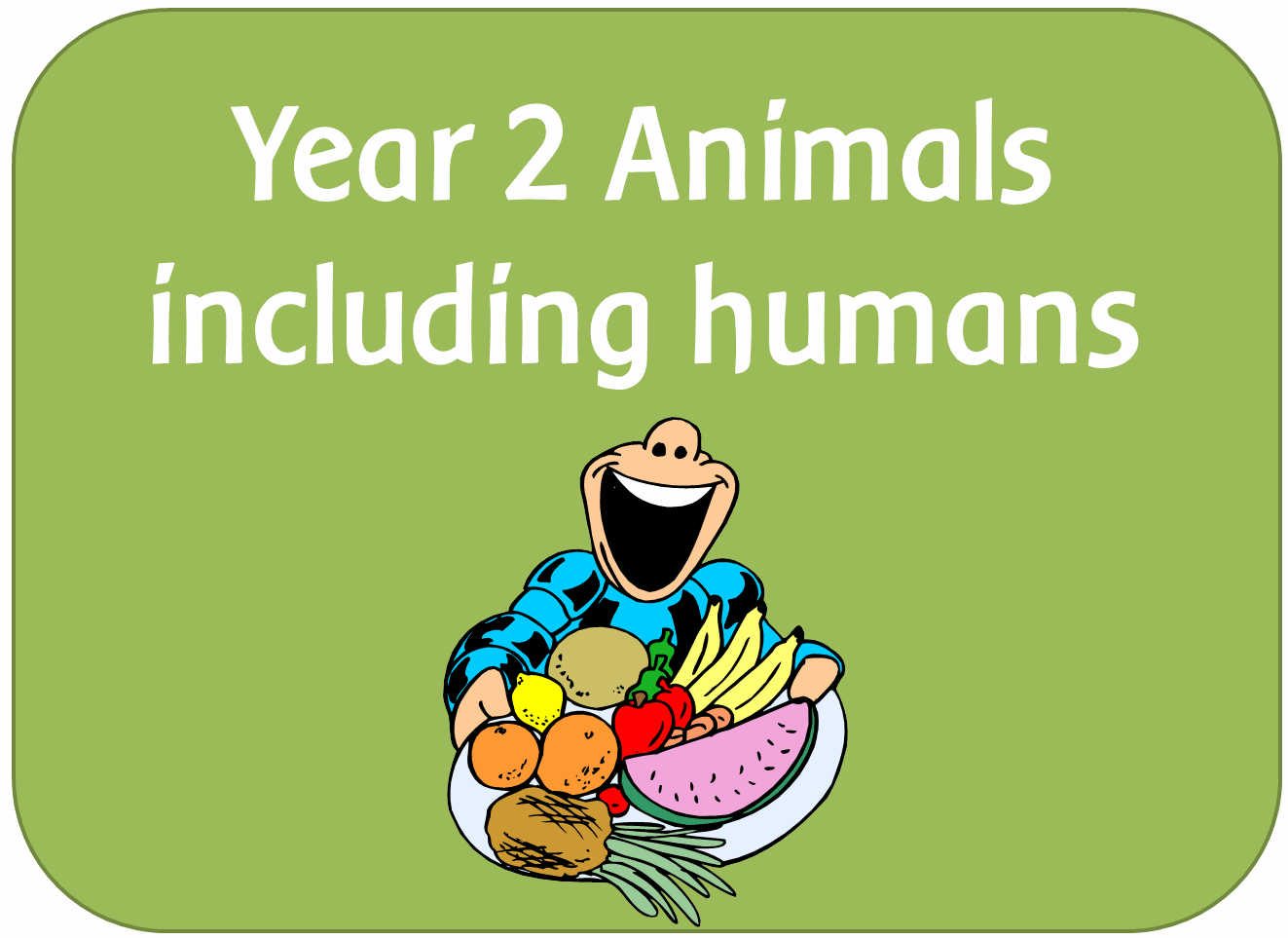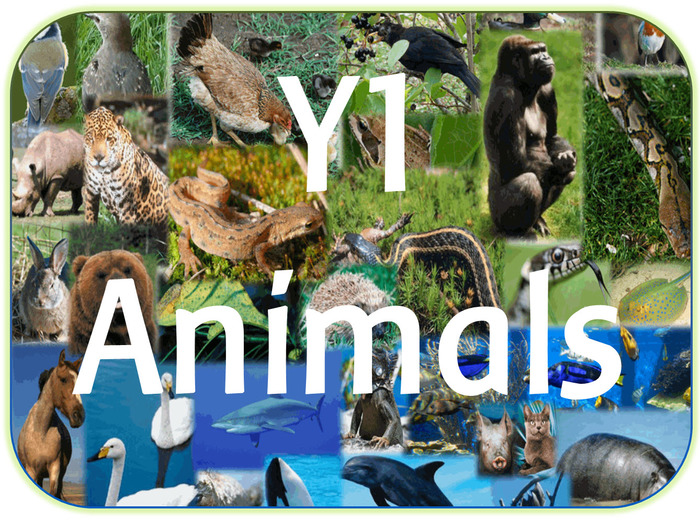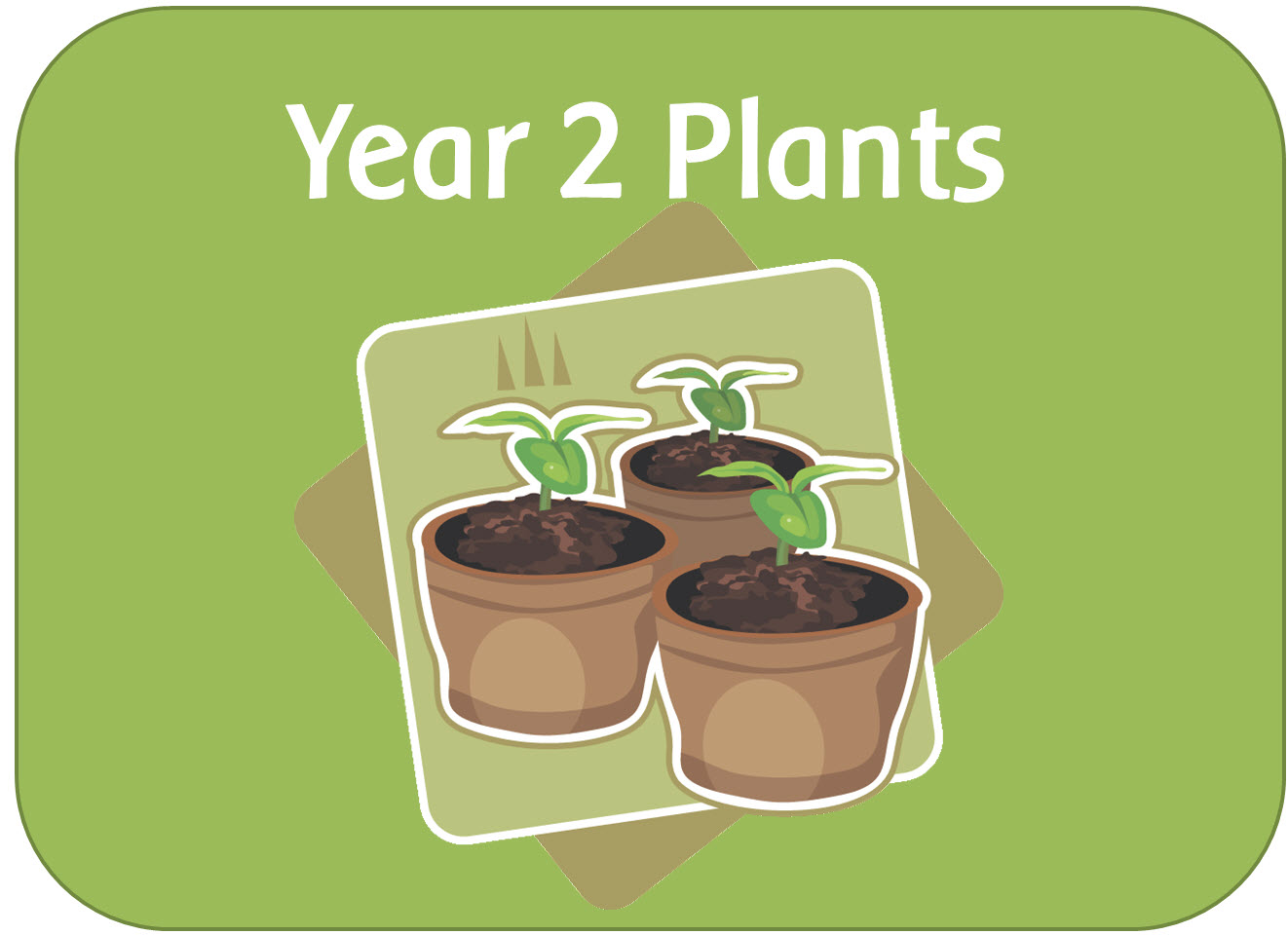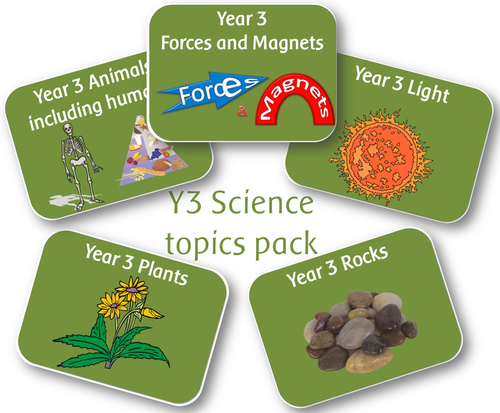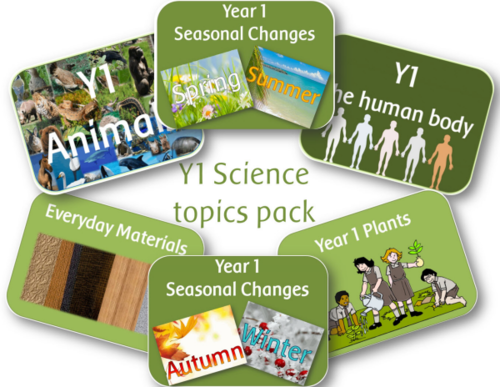
404Uploads
1066k+Views
681k+Downloads
Cross-curricular topics

Seaside holidays (history and geography) - PowerPoint lessons and worksheets
A set of powerpoint lessons looking at the history and geography of seaside holidays, plus activities, worksheets and display resources.
POWERPOINTS
Seaside mind map: For AfL
Seaside introduction: Looks at why we go to the seaside, and how it differs from other places. It shows pictures of the countryside, town, and seaside, asking children to point out the differences.
What is the seaside like?: Looks at photographs to explore the human and physical features of coastal locations
When do we go on holiday and what do we see?: Looks at the different times of year we have school holidays, and how they coincide with religious festivals. It shows photographs of different objects and activities at modern seaside resorts.
Seaside in the past: 18 seaside photographs from 1880 until the 2000s. The children are asked to talk about what they see in each picture.
Human and physical features: A study of Blackpool, with photographs and maps, to explore the key human and physical features of the resort. The children can match features they see in photographs to a map. There are also links to British seaside tourist websites.
Looking at aerial photographs: Eight seaside locations to look for human and physical features.
How has the seaside changed?: Six pictures of seasides in the past to look at and discuss.
Pictures of seasides in the past: Six pictures of seasides in the past to look at and discuss.
The Victorian seaside: A look at how seaside resorts developed, and why people in Victorian times enjoyed going to the seaside. It looks at the different things that children did at the seaside, and compares them to what children do today.
ACTIVITIES:
Acrostic poem
Aerial photographs of different seaside locations showing pictures of coastal locations around the UK
Playing cards
Colouring pictures
My favourite environment worksheet
Packing list: Ready to go on holiday
My seaside holiday with seaside border, to write a description
Passport of places visited to itemise and describe where they have been
Passport: A blank passport to fill in
Postcard; blank to fill in
Stamps to use on the postcards
Seaside border paper for writing
Seaside holidays in the past: Compare 2 pictures to see how things were different in the past.
Seaside pictures past and present: For activities such as ordering events, describing, comparing etc
Survey – places visited: For a class survey
Topic covers x 4: With ‘The Seaside’ / ‘Seaside Holidays’ headings
Town country seaside description: To describe the different areas
UK jigsaw: England, Northern Ireland, Scotland and Wales
UK map: To mark out places visited
What can you find at the seaside: For making a list
What can you see?
Pictures of the town, seaside and countryside to describe
Plus lots more!

Famous Explorers Christopher Columbus & Neil Armstrong pack: powerpoints, worksheets, and display
A set of worksheets / activities / display / planning resources for looking at the lives of 2 significant individuals in the past and comparing aspects of life in the periods they lived.
POWERPOINTS:
Who were Columbus and Armstrong: An introduction to the topic. It shows three pictures of each explorer, asking the children to look at the pictures and find out information.
Christopher Columbus: A 24 page lesson, looking at his life story, and his first journey across the Atlantic.
Neil Armstrong: A 19 page powerpoint, looking at the story of his life and his journey to the moon
Comparison of life in the different time periods: Shows the different explorers and where they lived on a simple timeline. It compares different aspects of life in both their lives including aspects such as transport, knowledge of the world, houses, food and uniforms.
DISPLAY (pdf):
A-Z lettering x 2, one with a sea background and Christopher Columbus banner, and one with a space background and Neil Armstrong banner
Portraits of the two men in picture frames
A4 title - Christopher Columbus (x 2 versions)
A4 title - Neil Armstrong (x 2 versions)
World maps x 2 from the different time periods
ACTIVITIES (pdf)
Cards - 12 different cards with objects that both explorers would have used. Can be used in card games, or for cutting and sticking sorting activities.
Topic covers x 6 different layouts for Christopher Columbus
Topic covers x 6 different layouts for Neil Armstrong
Writing sheets (x 4 lined and unlined) with Christopher Columbus border
Writing sheets (x 4 lined and unlined) with Astronaut border

Florence Nightingale & the Crimean War pack : powerpoints, worksheets, activities and planning
POWERPOINT FILES:
Florence Nightingale mind map: To explore what the children already know about Florence Nightingale
Florence Nightingale introduction: Introduces the concept of famous people, asking how they become famous. It shows some images of Victorian dress, asking the children to find similarities and differences between now and then. A timeline demonstrates how long ago the Victorians lived, and why they were called Victorians.
What was it like when Florence Nightingale was alive: A short story about Queen Victoria, and an exploration of life in Victorian times, with images.
The life story of Florence Nightingale: A 13 page story of Florence's life from her birth in Italy in 1820 to her death in 1910.
The life story of Florence Nightingale in pictures: The pictures that tell a story of her life, for discussion
The Crimean War: A short look at the Crimean War; how it began, why British soldiers were there, and what conditions were like.
Florence Nightingale and the Crimean War: A 25 page long Powerpoint, explaining Florence's journey to Scutari; what the hospital was like when she got there, and what she did to improve conditions for the men.
PRINTABLE FILES:
Worksheets
Florence - questions: To use as an introduction. Shows a picture of Florence nursing, and asks questions for the children to answer.
Victorian health adverts: 7 Victorian adverts for remedies and medicines. Children can look through them and learn about what types of healthcare was available in Victorian times.
Story writing sheets: 3 different formats for the children to both sequence the pictures of Florence, and to tell her life story.
Pictures of the Crimean War: Photographs and paintings from the time.
Hospital before and after: Pictures of the hospital before and after Florence made her changes, with space to write.
Journey to Scutari - blank map: A map of Europe for the children to sketch out the route Florence and her nurses took to Scutari.
Acrostic poems: 2 versions, one saying Florence, the other Scutari, for children to write their own poems.
Poetry: Contemporary poems about the Crimean War and Florence Nightingale
Florence Nightingale wordsearch: with key vocabulary
Writing sheets x 8: 8 different layouts, with a Florence Nightingale border
Display / booklets:
Florence Nightingale project cover: To put at the front of project work
Plus: an adaptable plan in word, showing the learning objectives for the Powerpoints and worksheets, web links, and other cross curricular activities.

Year 4 Science - Sound powerpoints, worksheet, planning and display pack
A set of resources to help children understand about sounds and how they are made. It follows the objectives of the 2014 curriculum.
POWERPOINTS:
LISTENING TO EVERYDAY SOUNDS: Twelve everyday sounds to listen to as an introduction to the topic
HOW WE HEAR: Explains how we hear and looks at different parts of the ear and what happens when sound enters it. It asks questions to encourage the children to think about sound and hearing.
WHAT ARE SOUNDS: Explains that sounds are vibrations, discussing how sounds are made and how vibrations travel through air and through solids. Discusses loud sounds, the effects of wind, and how light and sound travel at different speeds, giving examples.
PROPERTIES OF SOUNDS: Explains pitch and volume; how volume changes with distance but pitch does not unless the source of sound is moving. It ends with an activity to describe a selection of sounds.
THE VOLUME OF SOUNDS: Activity to listen to sounds and think about distance and volume.
MAKING SOUNDS: A look at different musical instruments and how they make sounds. Includes drums, piano, and guitar. Suggests different objects the children cound use to create different sounds.
SOUND - MUSICAL INSTRUMENTS: Pictures of different instruments for the children to look at and work out how they make sounds.
WORKSHEETS:
SOUND CONCEPT MAP: For the children to record what they already know and what they would like to find out
LISTENING TO SOUNDS SHEET: To use on listening activities
TOPIC COVER X 2: With 'Sound' title; one with a picture, the other without.
DISPLAY:
A4 Sound title
A-Z lettering, with Sound title, one letter per A4 page
INVESTIGATION SHEETS:
A set of different sheets for investigations and recording
PLUS a medium term plan with activities and web links

Year 5 science Properties and changes of materials - powerpoints, worksheets and planning
A set of resources for the new science curriculum. It contains:
1a. INTRODUCTION TO THE TOPIC - LO: To find out what the children already know about materials.
WORKSHEET: A sheet for the children to record what they already know and what they would like to find out about materials.
1b. MATERIAL PROPERTIES - LO: To compare and group everyday materials together
POWERPOINT: A look at 12 different properties of materials, with examples of the materials with those properties. It can also be printed out for display.
WORKSHEET 1: Material properties worksheet
2. DISSOLVING - LO: To know that some materials will dissolve in liquid to form a solution, and describe how to recover a substance from a solution
POWERPOINT: Explains the meaning of dissolve and gives examples of different materials that can be dissolved.
3. SEPARATING A MIXTURE - LO: To use knowledge of solids, liquids and gases to decide how mixtures might be separated.
POWERPOINT: Looks at different mixtures and how they can be separated, including sieving, filtering and evaporating.
4. USES OF EVERYDAY MATERIALS - LO: give reasons, based on evidence from comparative and fair tests, for the particular uses of everyday materials
POWERPOINT: Asks the children to study objects to see what properties different materials have. Asks questions about which properties and materials would be best for making certain objects.
5 & 6. REVERSIBLE AND IRREVERSIBLE OBJECTS - LO: look at dissolving, mixing and changes of state, and reversible and irreversible changes.
POWERPOINT: Explains the meaning of reversible and irreversible changes, giving examples of each. Ends with a quiz where the children have to decide what changes have taken place to certain materials.
7. MATERIALS QUIZ: Recap of all the learning objectives.
POWERPOINT : A quiz
WORKSHEET : Sheet for recording quiz answers
WORKSHEET : Sheet for recording what they have learnt
OTHER RESOURCES
A-Z lettering, with a picture background
A4 Properties and changes of materials title
Materials banner/lettering to cut out
Materials topic booklet front cover - with space for children to draw their own design.
Vocabulary PowerPoint - can be used as a show and printed out for display.
Photo cards - 12 objects made from different materials
Investigation and recording sheets - A folder of blank tables, graphs and planning and recording sheets
Year 5 Materials medium term planning: An outline of the activities and learning objectives with websites and ideas. It can be added to and amended for your own use.

Year 3 science - Animals including humans worksheets, powerpoints, planning and display
A set of resources looking at how animals need the right types and amount of nutrition; and how humans and some other animals have skeletons and muscles for support, protection and movement.

Year 5 Science Earth and Space - powerpoints, worksheets, activities and display pack
A pack of resources following the new curriculum objectives.
1. INTRODUCTION TO THE TOPIC - LO:To find out what the children already know about Earth and Space.
Powerpoint: questions about the Earth, Moon, Planets and Sun.
Worksheet: for the children to write down what they know and what they would like to find out.
2. SPHERICAL OR FLAT - LO: Describe the Sun, Earth, and Moon as approximately spherical bodies.
Powerpoint: Introduces what people thought about the Earth a long time ago, and whether it is flat or spherical.
Worksheet: The children have to argue for or against the Earth being spherical.
3. THE EARTH AND SUN - LO: Use the idea of the Earth's rotation to explain day and night and the apparent movement across the sky.
Powerpoint: looks closely at the Earth and Sun and explains the movement of the Earth in relation to the Sun
Worksheets: The children have to write an explanation about night and day, and a recording shadows worksheet.
4. THE SOLAR SYSTEM - LO: Describe the movement of the Earth and other planets relative to the Sun in the solar system.
Powerpoint: Looks at the Earth, Sun, and planets in the solar system. It also looks into where the solar system is, and what other things may be found in it (eg asteroids and comets).
Worksheet: a word document containing images of the planets and the moon to resize and make models.
5. THE PLANETS
Powerpoint: looks at the planets in more detail.
6. THE MOON - LO: Describe the movement of the Moon relative to the Earth.
Powerpoint: looks at the size of the Moon, its distance from Earth, and how it orbits the Earth. It asks why the moon seems to change shape, and explains the phases of the Moon. It also looks at other planets with moons.
Worksheet: A recording sheet to observe the moon over a 30 day period.
7. EARTH AND SPACE QUESTIONS:
Powerpoint: asking questions to recap learning.
Worksheet: for the children to record their answers.
8. Earth and Space quiz in Powerpoint - to end the topic.
OTHER RESOURCES
Banner for display 'Earth and Space' - prints onto 3 A4 pages
A4 title plus A-Z lettering, with a space background
Topic cover - 4 different versions
Vocabulary cards - with images and explanations
Wordsearch
Writing sheets x 4 decorated with Earth / the solar system
Year 5 Earth and Space medium term planning: An outline of the activities and learning objectives with websites and ideas. It can be adapted.

Year 1 Science - Plants topic pack
This set of resources includes planning, worksheets and powerpoints. The powerpoint lessons cover the following objectives:
identify and name a variety of common wild and garden plants, including deciduous and evergreen trees
identify and describe the basic structure of a variety of common flowering plants, including trees.

Year 1 Science - Everyday materials topic pack - powerpoints, worksheets activities and display
A set of IWB teaching lessons, worksheets, activities and display resources. It has been made following the curriculum 2014 objectives.

Year 2 Science - Animals including humans - powerpoints, planning, worksheets & display pack
A set of resources to teach about how animals have offspring which grow into adults; the basic needs of animals and the importance of exercise and healthy eating.

Year 1 Science - Variety of common animals - Animals including humans topic pack
A set of wpowerpoints and printable activities to teach children how to identify and name a variety of animals, describe and compare their structures and identify animals that are carnivores, herbivores and omnivores.

Year 2 Science - Living things resource pack - powerpoints, planning, display and worksheets
A pack of resources following the new science curriculum.

Year 3 science - Plants - powerpoints, worksheets, planning & display
A set of resources looking at the functions of different parts of flowering plants (roots, stem, trunk, leaves and flowers); the requirements of plants for life and growth, and the part that flowers play in the life cycle of a plant.

Year 2 Science - Plants topic - powerpoints, planning, worksheets & display pack
A set of resources following the new science curriculum.
Bundle

Year 3 Science topic pack
This set contains resources for the 5 different science topics in Y3. The resources include powerpoint lessons, worksheets, display and outline planning documents.
Bundle

Year 1 Science topic pack
A set of resources for all Science topics covered in Y1 - includes powerpoint lessons, activities, display, outline plans etc.






